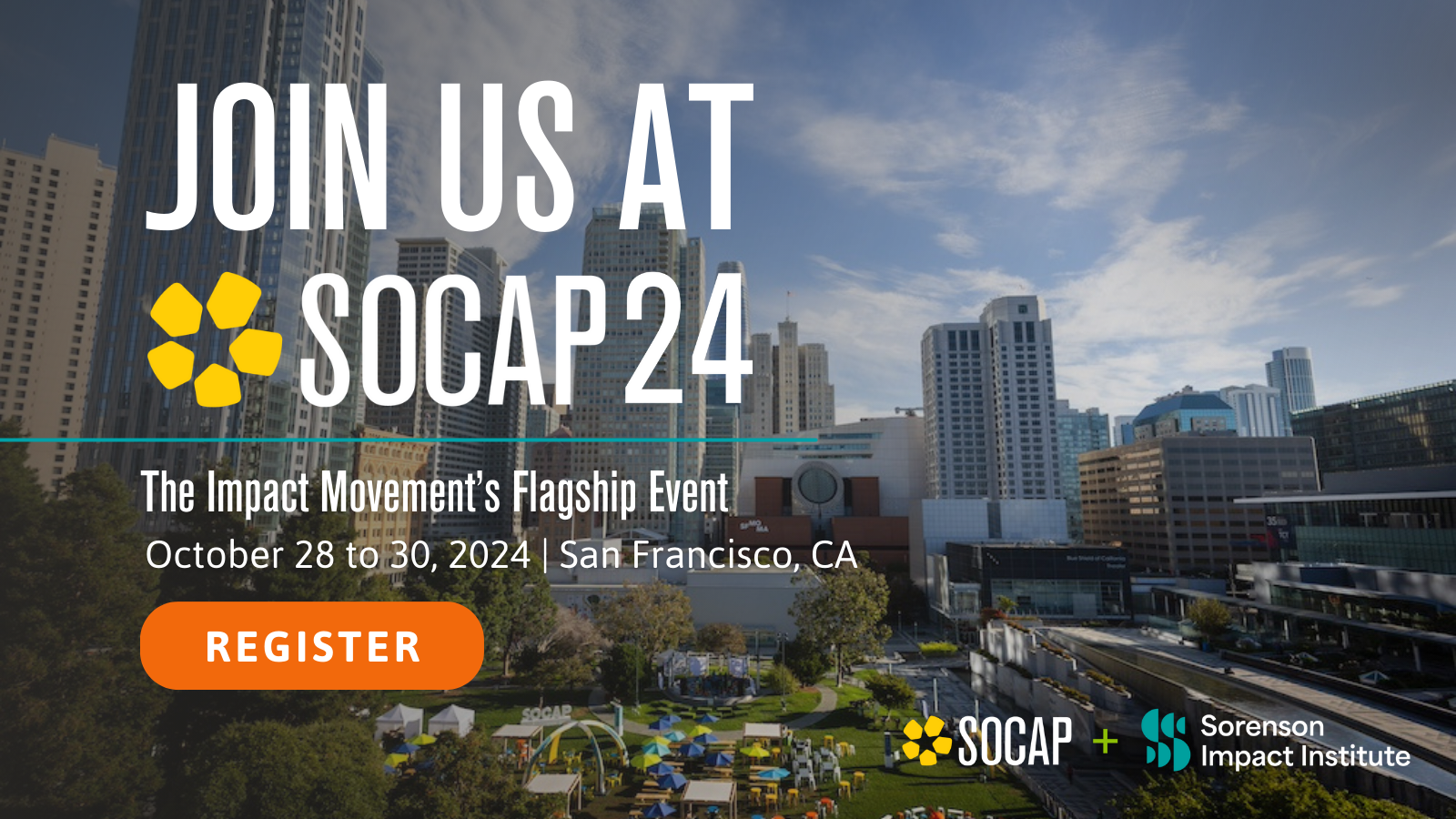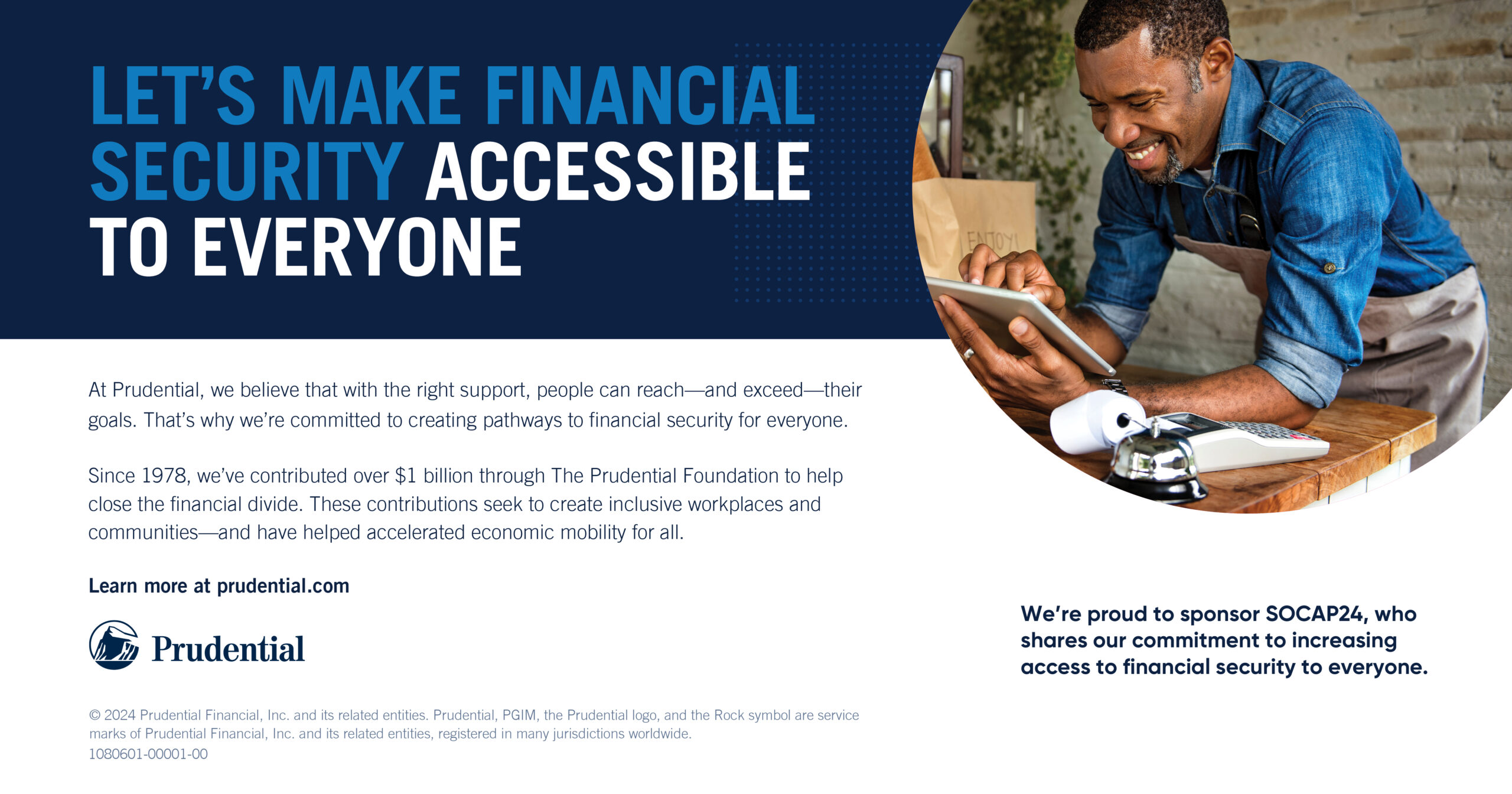As a culture, we tend to conflate leadership and success. And in fact, executives are visibly at the pinnacle of their organization, and their position is commensurate with financial and professional success. And success is measured in achievements like recasting a company culture, implementing a game-changing strategy, diligently executing product launch, or innovating in a mature market.
These successes, though, are all terminal – measurable results with a distinct endpoint. One of the unexpected yet remarkable features of achieving terminal successes, is letdown. I’ve talked with countless leaders that experience a letdown or disappointment after achieving terminal success; their ego is satisfied for the moment, but quickly turns to the hungry and endless pursuit of another validating success. This is a path of breakdowns.
Conscious leaders, rather than measuring success in narrow terms of terminal outcomes, focus on a sustainable definition of success that honors the journey (process) as much as the destination (outcome). Famed teacher and author Earl Nightingale provides a definition of sustainable success as, “the ongoing realization of worthwhile goals.” Ongoing realization isn’t terminal; it is a dynamic process. Worthwhile goals transcend individual ego and emphasize purpose and the upleveling of the organization, community, or movement.
The Leadership Breakdown
Leadership breakdowns, which include missing key objectives, missing revenue targets, losing a critical deal, disengaged team members, conflict, or a regrettable termination, diminish leader’s success. Ego-centered leaders (those who overvalue their importance and lack humility) often manufacture excuses to explain the breakdowns – environment, funding, timing, regulations, Mercury in Retrograde. But conscious leaders use breakdowns as a call to awareness. As Jim Collins shared in Good to Great, great leaders look out the window to assign praise and look in the mirror to assign blame.
A conscious leader is emotionally mature, keeps his ego in check, and realizes that reclaiming success after setback or failure requires a personal change in their attitude and behavior. I call this cycle Breakdown, Breakup, and Breakthrough.
- Breakdown is realizing without denial or distortion that there is a problem.
- Breakup is separating from ego-centric thinking, habits and processes. This requires conscious effort to gain personal objectivity (often with outside counsel). It’s that key moment when the leader realizes that she is a contributor to the problem, and contemplates deliberate changes.
- Breakthrough is the “aha” clarity that emerges from the objectivity and expanded perspective, and it yields actionable practices toward changes.
One CEO’s example of breakdown was lackluster engagement for her vision among her senior staff. While she explained the logic of the vision, berated them for lack of leadership, and even hired a consultant to refine their plan, the team was fixedly neutral. The breakup began when she agreed to a series of facilitated conversations. With the objectivity of facilitation she realized that while she was dictating strategies and vision, she was not listening or taking input from the collective genius of her senior team. Her practice was shifting from a pattern of single-handed control to actively leveraging the skill and experience of her senior team.
With practice and coaching she augmented her critical thinking skills with curiosity and facilitation skills. Then she dove even deeper when she realized her ego needs for control and recognition, and worked to expand her sense of identity to include her team. The breakthrough was a safe environment. In this space her senior team contributed and participated fully. And their input not only refined her vision and improved the strategy, it also raised their level of buy-in and enthusiasm.
The Ego-Centered Leader
After 20 years of coaching executives, I’ve come to realize that the number-one obstacle for leaders is ego myopia – a lack of ego awareness and ego management. Of course there’s a social advantage to ego myopia – hubris, excessive pride or self-confidence. Hubris is easily mistaken for leadership or for success potential. But ego myopia and hubris erase personal humility. Without humility, a leader cannot set aside ego-centered needs and serve the greater good. Ego-centric leaders do not convene engaged followers; they generate transactional relationships that feed on quid-pro-quo, gain, and fear. Ego myopia begets leadership breakdowns.
But let’s not engage in the pointless discussion of “killing the ego.” The ego is our identity and our sense-making narrative – it’s neither negative nor useless – and we depend on it to survive and function. Our ego identity is formed by “father, mother, church, and state.” Our ego identity reflects our shape, size, skin color, distinguishing features, health, and energy. It’s shaped by our principles, ideas, beliefs, and education. And it’s molded by our culture, relationships, family experience, and social context. Regardless of our unique ego, we all share three fundamental needs: the need to be right, the need to be liked, and the need to have might.
An ego-centered leader focuses on his own needs to be right, liked, and have might, and minimizes the same needs in others. Being ego-centered doesn’t mean lacking intelligence, strategy, or resources. Ego-centered leaders are, however, set up for breakdowns because their ego myopia consistently interferes with meaningful engagement, collaboration, and trusting relationships with colleagues, peers, and customers.
Our workforce no longer tolerates ego-centered leaders. We crave leaders that transcend their ego, orient toward collective purpose, and empathize with the team – we crave conscious leaders.
More on The Conscious Leader
A conscious leader is able to keep his ego in check. This enables him to be more attuned to the strengths and needs of others, and to align people’s abilities and desires with the organization’s needs. None of us can eliminate the ego, and all of us will want to be right, liked and have might. However, the conscious leader learns to balance the need to be right with wisdom, the need to be liked with love, and the need to have might with power. Wisdom is seeing below the surface and beyond the obvious, like understanding their employee needs and helping them achieve their goals and become leaders in their own right. Love is wanting to do well for others and encompasses caring about employees and showing appreciation and compassion. Power means radiating confidence that is drawn from presence and spirit and looks like substituting avoidance and procrastination with purposeful action.
To say that we’re living in complex times is an understatement; we are living in a period of chaotic undulations. This is the time to make decisions that are wise, powerful, and caring. Cause and effect are not always obvious, and logic isn’t enough to solve problems. Conscious leaders engage in the chaos and don’t cower or deflect; they bring an optimism that gives hope, and an ability to pivot strategy as necessary.
Conscious leaders apply their wisdom and are flexible and agile. Conscious leaders apply their power to face difficulty and move toward glimmers of opportunity. And conscious leaders apply love in order to honor and energize human connections to engage and align their people toward the ongoing realization of meaningful and worthwhile results.






